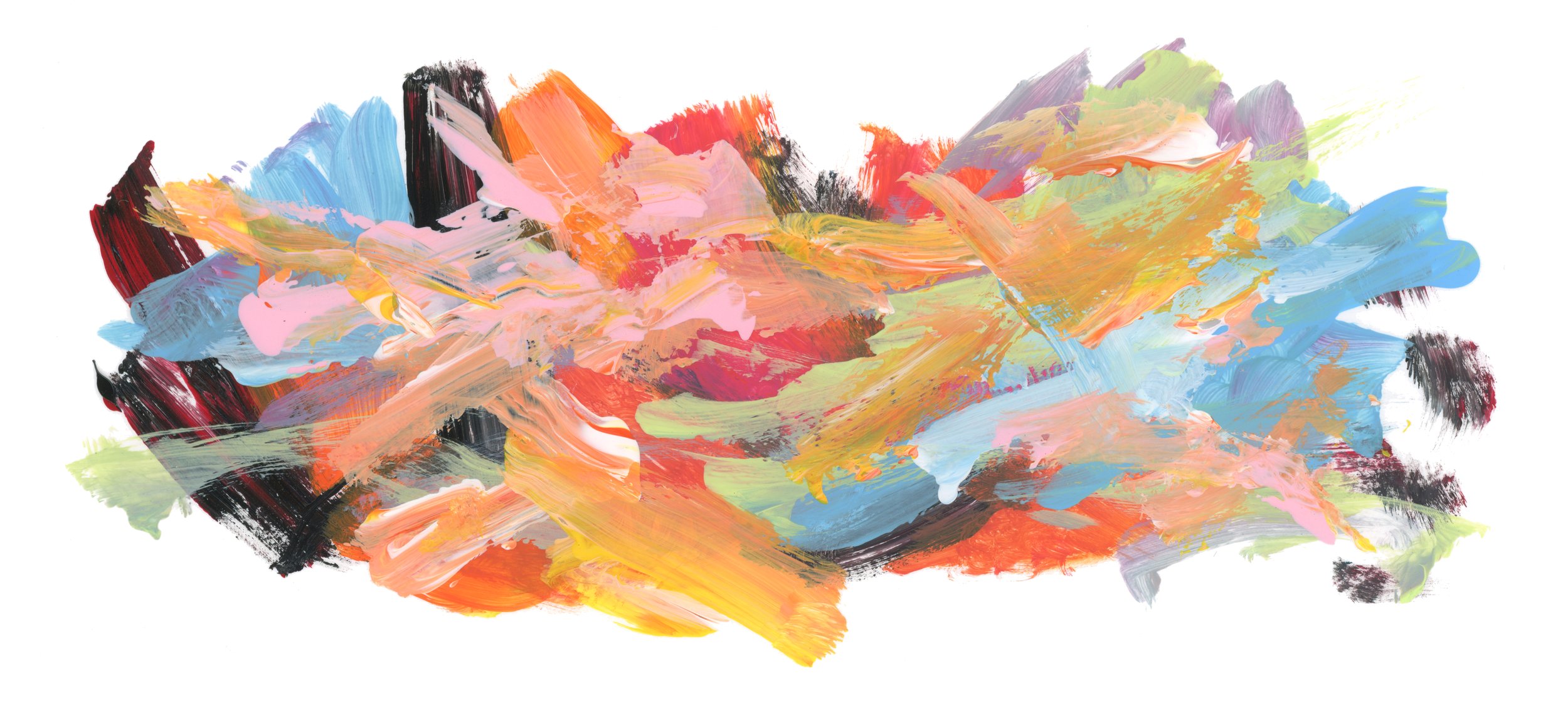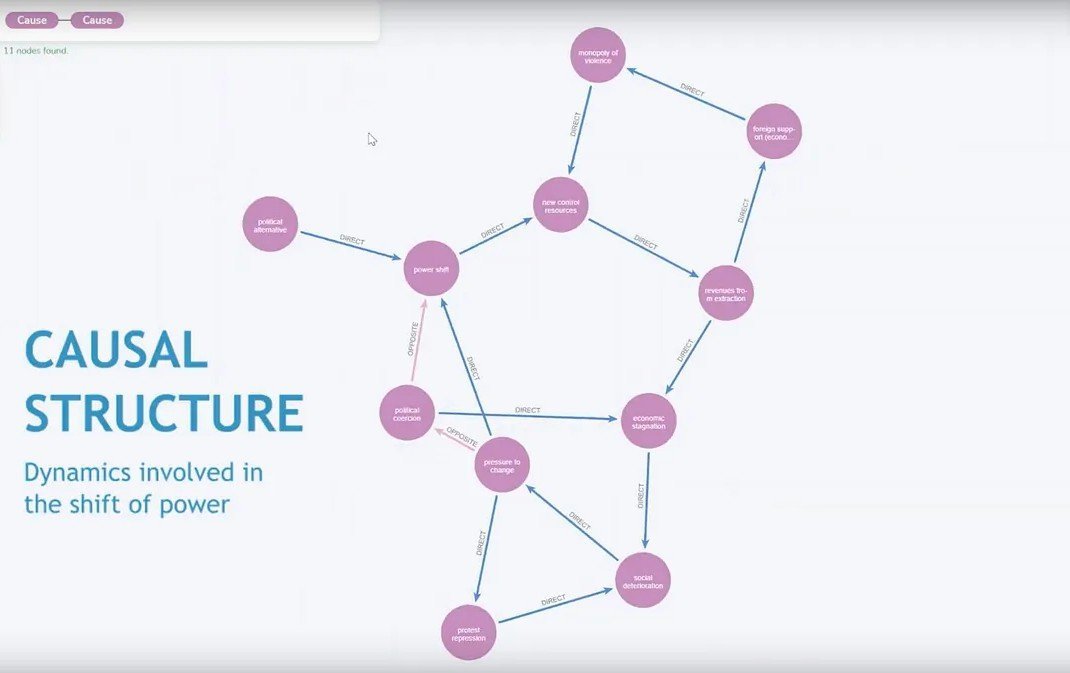
Articles and ideas

Systems Archetypes for Strategic Decision-Making. Part I. Beyond the Quick-Fix Trap
Discover why organizations become trapped in cycles of short-term fixes and struggle to implement fundamental solutions. This analysis reveals how risk perception, social disruption, and power dynamics create a self-reinforcing system where quick fixes remain the default response despite diminishing effectiveness.

Followership: What We Can Do to Protect Ourselves from Pseudo-Leaders
Can we reduce our dependence on leadership by developing our followership in such a way that we can take the best from partnerships with exceptional individuals while avoiding mediocre ones capturing our social, work and political lives?

7 funciones clave para desarrollar organizaciones viables y adaptables. La organización sistémica.
Las organizaciones están en un proceso constante de cambio. Para producir valor al tiempo que estas absorben los cambios del entorno y se adaptan, necesitan 7 funciones clave interconectadas que les permitirán operar de forma efectiva y mientras mantienen la cohesión del sistema social que las forman.

Organisational Paradigms and Their Structural Problems
This article challenges current organisational paradigms and their limitations. It highlights the necessity of viewing organisations as open systems that are heavily influenced by technology and environmental factors. It argues that, to remain viable and improve quality of life, organisations must adapt, innovate and integrate sustainability into their core models.

Paradigmas organizacionales y sus problemas estructurales.
Las metáforas que usamos para organizar el trabajo condicionan la productividad de las organizaciones y determinan los problemas estructurales que tendremos que resolver para seguir siendo viables y sostenibles.

Sanding reality.
The way we use systems thinking to understand our reality reminds me of Vietnamese lacquer painting. In this traditional art form, the complete image already exists beneath layers of lacquer, the artist reveals it through careful sanding. Just as each artist might polish different areas to varying degrees of clarity, we each focus on different aspects of reality as we try to make sense of it. With patience and dedicated effort, a richly textured and meaningful image gradually emerges.

Organisations designed for control, conformity and performance efficiency
Organizations function as societal structuring mechanisms, managing human activity and resource distribution. While these systems enabled social complexity, they're shaped by those controlling key resources. Since the 1990s, globalization has led to tech giants' dominance, challenging governmental authority and establishing surveillance as the norm in organizational-individual relationships. To maximize efficiency, organizations manage human resources through conformist culture, strict performance standards, and reduced autonomy, despite humans' capacity for resistance. Growing polarization has shifted decision-making power to systems that view people primarily as capital-generating resources, leading to what Yanis Varoufakis calls "Techno-feudalism."

Relational organization
Organizations emerge from interactions between people, resources, and information working toward shared goals.

Beyond system mapping. Meta Causal Loop Diagrams
Meta Causal Loop Diagrams (Meta-CLDs) are an evolution of traditional Causal Loop Diagrams that combine three dimensions: cause-effect structure, how causes affect actors and their responses, and relationships between people. They add a fourth temporal dimension and use graph databases (Neo4j) to overcome conventional CLD limitations, enabling complex situation mapping and visualising multiple connections between actors, creating a more comprehensive tool for analysing complex problems.

From leadership to collective leading functions
The idea of a leader with exceptional qualities to create a vision that inspires others to work together, with excellent strategic and decision-making skills, and being aware and resilient sounds like a superhero character more than a real person.